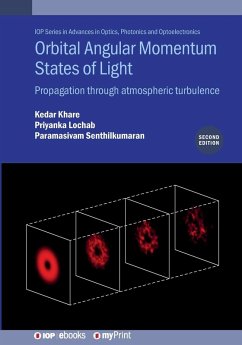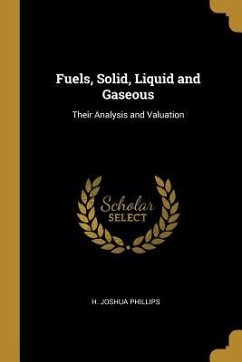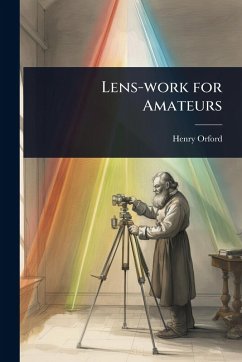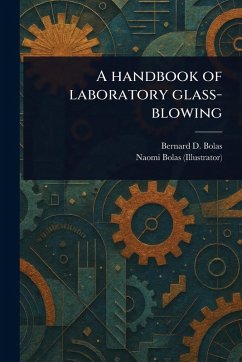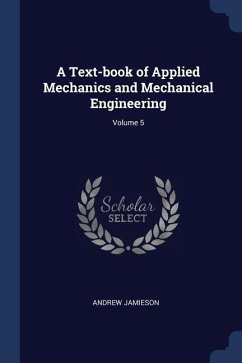
Atmospheric Turbulence Simulation Using Liquid Crystal Spatial Light Modulators
Versandkostenfrei!
Versandfertig in über 4 Wochen
15,99 €
inkl. MwSt.
Weitere Ausgaben:

PAYBACK Punkte
8 °P sammeln!
Laser systems are finding a home in many military applications - such as Space Situational Awareness, imaging and weapons systems. With an increasing focus on programs that entail atmospheric propagations, there is a need for a cost effective method of performing proof-of-concept demonstrations. The use of one SLM (single phase screen) to model atmospheric effects has been investigated previously with promising results. However, some effects cannot be captured with asingle SLM. This paper focuses on the addition of a second SLM and quantifying the results. Multiple screens will allowthe user t...
Laser systems are finding a home in many military applications - such as Space Situational Awareness, imaging and weapons systems. With an increasing focus on programs that entail atmospheric propagations, there is a need for a cost effective method of performing proof-of-concept demonstrations. The use of one SLM (single phase screen) to model atmospheric effects has been investigated previously with promising results. However, some effects cannot be captured with asingle SLM. This paper focuses on the addition of a second SLM and quantifying the results. Multiple screens will allowthe user to independently control the Fried parameter, the isoplanatic angle, and Rytov Variance. The research is comprised of simulation and experiment. The simulation demonstrates the ability to accurately model atmospheric effectswith two phase screens. Based on the simulation, a hardware implementation was tested in the lab. This thesis describes the experimental set-up and results based on measurement of phase and intensity of the propagated field. It was noted that while analytic results are replicated in simulation, similar results in the lab were difficult to achieve. This work has been selected by scholars as being culturally important, and is part of the knowledge base of civilization as we know it. This work was reproduced from the original artifact, and remains as true to the original work as possible. Therefore, you will see the original copyright references, library stamps (as most of these works have been housed in our most important libraries around the world), and other notations in the work. This work is in the public domain in the United States of America, and possibly other nations. Within the United States, you may freely copy and distribute this work, as no entity (individual or corporate) has a copyright on the body of the work. As a reproduction of a historical artifact, this work may contain missing or blurred pages, poor pictures, errant marks, etc. Scholars believe, and we concur, that this work is important enough to be preserved, reproduced, and made generally available to the public. We appreciate your support of the preservation process, and thank you for being an important part of keeping this knowledge alive and relevant.





